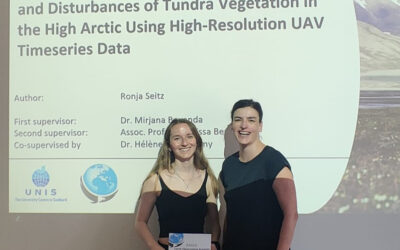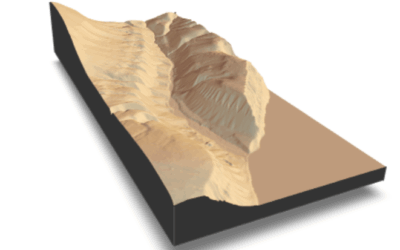New publication on the intensity of plannedness and its empirical relation to the built urban landscape across the globe
Researchers from the Technical University Munich, the Earth Observation Center (EOC) of the German Aerospace Center (DLR) in Oberpfaffenhofen and the University of Würzburg teamed up to develop on a concept of the intensity of plannedness and its empirical relation to the built urban landscape. In an extensive empirical study on 381 urban study sites across the globe, they demonstrate that one can read the degree of planning in the built urban structure to some degree. The paper titled “Planned, unplanned, or in-between? A concept of the intensity of plannedness and its empirical relation to the built urban landscape across the globe” was just published in the Journal Landscape and Urban Planning by Henri Debray, Nicolas J. Kraff, Xiaoxiang Zhu and Hannes Taubenböck.
From the Abstract: The physical appearance of the built urban landscape is the result of multiple, intertwined processes. The relationship between the existing morphology and the diversity of planning processes, however, has been little studied empirically at a global scale. In this study, we develop an ontology of planning intensity: conceptualizing intermediate categories of whether an urban structure is planned single-handedly or constantly updated by myriads of participants. Thus, we move away from the ’planned/unplanned’ dichotomy and develop a continuum of Intensity of Plannedness (IoP). The focus of research is whether these conceptualized categories of IoP show demonstrable differences in morphology. Hence, we operationalized the urban structure by three structural elements: buildings, morphological units and streets. Curating geodata on 381 study sites across the globe, we empirically investigate the relation of the IoP to the structural complexity of the urban fabric. Tests of significance of difference and post hoc analyzes are performed on the statistical distribution of structural complexities of the categories of IoP. This study proves empirically that the distinct IoP has significantly contrasting structural complexities. From this, we conclude that there is indeed a relationship between both, the intensity of the process of planning and the resulting urban morphology and that this relationship is non-linear..
Read the full article here: https://www.sciencedirect.com/science/article/pii/S0169204623000300
See also Twitter account: @Biens_Urbains








